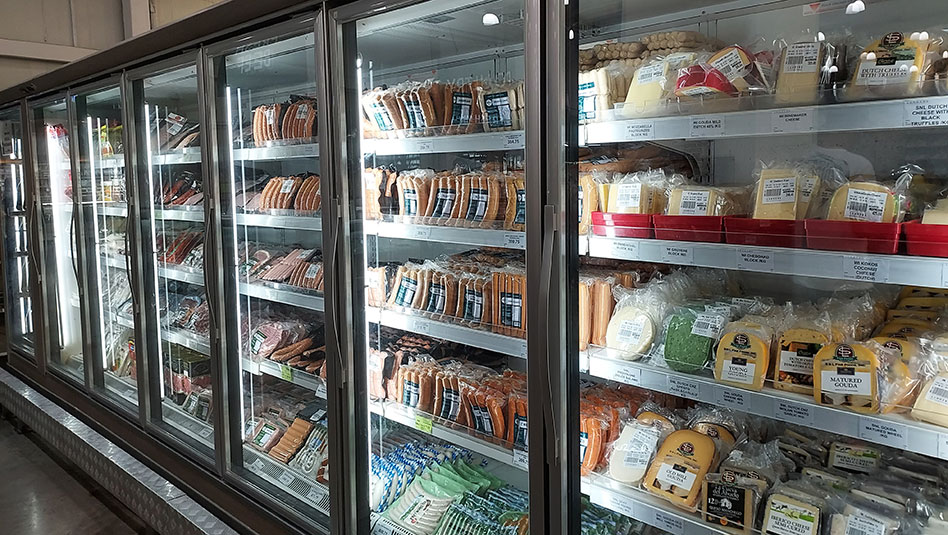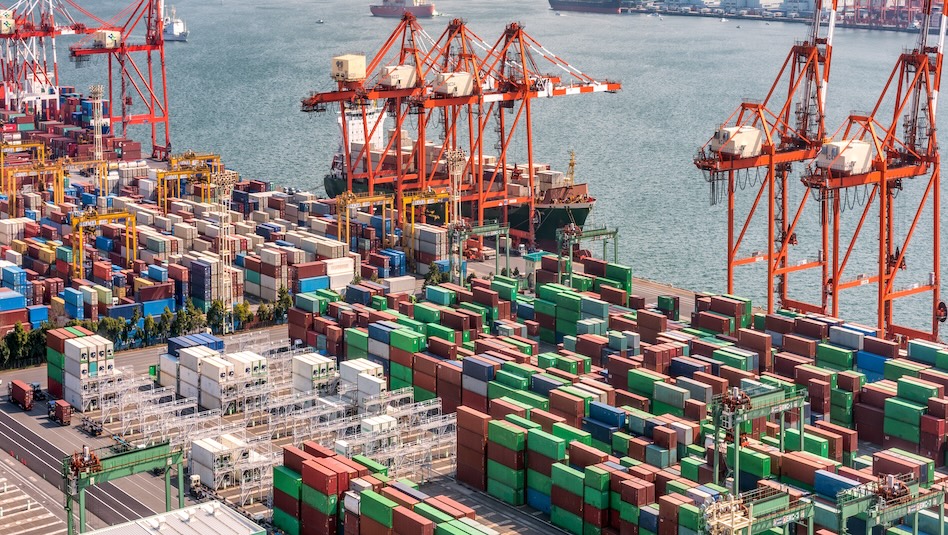Region: Indonesia
Access this content:
If you are an existing investor, log in first to your Metrobank Wealth Manager account.
If you wish to start your wealth journey with us, click the “How To Sign Up” button.

Fundamental View
AS OF 13 Aug 2025PLN enjoys extremely strong ties with the Government of Indonesia (GoI) given its critical policy role of electrifying the nation. Post the launch of Indonesia’s sovereign wealth fund Danantara, PLN is now indirectly owned by the GoI through Danantara.
PLN delivered a robust set of 1H25 results, with total revenue and EBITDA up 5% and 9% YoY respectively driven by resilient power demand across Indonesia
Looking ahead, we expect PLN’s credit metrics to improve in FY25 supported by higher YoY EBITDA, though partially weighed upon by higher capex; we anticipate FY25 EBITDA growth to be in the mid to high single-digit % YoY, mainly attributable to Indonesia’s healthy economic growth, supporting power demand; we also expect power tariffs to remain flat.
Business Description
AS OF 13 Aug 2025- PLN is involved in the entire electricity value-chain, from power generation, to transmission, distribution and retail.
- It alone accounts for 76% (~47 GW) of Indonesia's generation capacity (of which 8 GW is renewable capacity), while IPPs provide the remainder.
- The company controls and operates the entire transmission and distribution network in the country. It is the sole buyer of electricity produced by IPPs, through power purchase agreements (PPAs).
- It sells electricity to well-diversified off-takers – 41% to households, 25% to industrial customers, 21% to businesses and 12% to others.
- Since 2015, the GoI has gradually implemented monthly tariff adjustments for 13 customer groups, so that rates charged to customers are better matched with production costs.
- However, under the Public Service Obligation (PSO), the company will continue to sell electricity at subsidized rates of 50% to 450-volt amperes (VA) power households and 25% to 900 VA power households. The GoI subsequently reimburses the company for the difference between the subsidized tariff rate and production cost, typically within 2-3 months.
Risk & Catalysts
AS OF 13 Aug 2025The company provides subsidized electricity to certain households for which it subsequently receives reimbursements from the GoI; though these payments tend to get delayed during major events such as COVID-19 pandemic.
In order to increase the country’s electrification ratio to 97%, the company had been mandated by the GoI to develop large electricity capacities through the Fast Track II and 35,000 MW Programs. Implementation of such complex programs has required significant capital expenditure, which has led PLN’s FCF to fall deep into the red in recent years and created a funding gap.
The success of the above programs is also contingent on the company’s ability to source coal cheaply, select quality contractors, acquire land rights and receive adequate subsidy reimbursements from the GoI.
Being primarily a thermal power producer, PLN may be viewed unfavourably from an ESG perspective.
Key Metric
AS OF 13 Aug 2025| IDR bn | FY22 | FY23 | FY24 | 1H24 | 1H25 |
|---|---|---|---|---|---|
| Debt to Book Cap | 28.9% | 27.8% | 27.3% | 27.5% | 27.2% |
| Net Debt to Book Cap | 25.2% | 23.7% | 23.0% | 25.4% | 23.9% |
| Debt/Total Equity | 40.7% | 38.5% | 37.5% | 38.0% | 37.3% |
| Debt/Total Assets | 24.6% | 23.4% | 22.5% | 22.9% | 22.1% |
| Gross Leverage | 4.2x | 4.3x | 3.7x | 4.3x | 3.5x |
| Net Leverage | 3.7x | 3.7x | 3.1x | 4.0x | 3.1x |
| Interest Coverage | 4.3x | 3.6x | 3.7x | 3.2x | 3.7x |
| EBITDA Margin | 30.1% | 26.4% | 29.1% | 29.5% | 30.7% |
CreditSight View Comment
AS OF 13 Aug 2025We have a M/P on PLN and prefer its 2042-2050s. While we think PLN’s shorter-dated is trading slightly tighter than our FV, we do not think the widening potential of its shorter dated is sufficient to warrant an Underperform. Overall, we remain comfortable with PLN’s resilient credit profile supported by healthy domestic power demand, good insulation from input cost volatility and strong state-ownership. While there were concerns of the GoI demonopolizing the power sector, we think PLN’s monopoly is likely to stay after President Prabowo reportedly abandoned plans to allow customers to purchase clean electricity directly from renewable energy developers. That said, we think PLN continue to face higher coal-related ESG risk and elevated capex plans that could weigh on its credit metrics.
Recommendation Reviewed: August 13, 2025
Recommendation Changed: December 06, 2024
Featured Issuers
Bank of Philippine Islands

SK Hynix

Hyundai Motor



How may we help you?
Search topics about wealth insights and investments.Access this content:
If you are an existing investor, log in first to your Metrobank Wealth Manager account.
If you wish to start your wealth journey with us, click the “How To Sign Up” button.

Fundamental View
AS OF 18 Jun 2025- Pertamina enjoys very strong linkages with the Government of Indonesia (GoI) and is assured of extraordinary support in times of distress.
- Lower expected Brent crude prices YoY could weigh on its upstream margins and overall EBITDA (given the upstream business accounts for >65% of consolidated EBITDA).
- Although leverage typically remains low, Pertamina incurs large capex spending that could pressure its free cash flow generation.
- High persisting dividend outflows could restrain free cash flow improvements.
Business Description
AS OF 18 Jun 2025- Pertamina is involved in a broad range of upstream and downstream oil, gas, geothermal and petrochemical operations.
- In the upstream sector, it engages in the exploration, development and production and supply of crude oil, natural gas and geothermal energy.
- As for the downstream sector, the company carries out refining, marketing and distribution of oil, gas, fuel products and petrochemical and other non-fuel products.
- As of 31 December 2024, its total proved oil reserves stood at ~1,394 mmbbl (mn barrels of oil) and gas reserves stood at ~1,058 mmboe (mn barrels of oil equivalent). Its average daily oil and gas production was ~1,045,000 boe per day in FY24. The company owns and operates 6 refineries in Indonesia.
- Under the Public Service Obligation (PSO) mandate, Pertamina is responsible for providing certain grades of motor gasoline, automotive diesel oil, kerosene and LPG at subsidized prices. The subsidized retail price is often times lower than the cost of production, creating a shortfall, for which it receives reimbursements from the GoI.
Risk & Catalysts
AS OF 18 Jun 2025- Pertamina’s profitability is materially affected by volatility in oil & gas prices. Prolonged periods of low oil prices could hurt upstream earnings that form the bulk of overall EBITDA (>65%).
- As retail prices of certain fuel products are regulated, realized prices may be below its cost of sales.
- Pertamina has to initially absorb the shortfall between the regulated retail price and the cost of producing and distributing certain fuel products. If the price of crude oil exceeds the price ceiling set by the GoI, the company may receive insufficient subsidy reimbursements.
- Capex typically remains elevated and which pressurizes its free cash flow generation.
Key Metric
AS OF 18 Jun 2025| $ mn | FY20 | FY21 | FY22 | FY23 | FY24 |
|---|---|---|---|---|---|
| Debt to Book Cap | 38.5% | 41.2% | 42.1% | 37.6% | 34.9% |
| Net Debt to Book Cap | 18.9% | 21.9% | 12.5% | 8.5% | 12.3% |
| Debt/Total Equity | 62.5% | 70.0% | 72.7% | 60.4% | 53.6% |
| Debt/Total Assets | 28.3% | 29.9% | 30.8% | 27.4% | 26.3% |
| Gross Leverage | 2.4x | 2.5x | 1.9x | 1.9x | 2.2x |
| Net Leverage | 1.2x | 1.3x | 0.6x | 0.4x | 0.8x |
| Interest Coverage | 7.8x | 8.7x | 11.2x | 8.9x | 7.5x |
| EBITDA Margin | 19.9% | 16.0% | 16.7% | 17.7% | 14.3% |
CreditSight View Comment
AS OF 18 Jun 2025We maintain our Market perform recommendation on Pertamina at the issuer level and remove our preference for Pertamina’s 2041-2048 as our preference has played out, with the bonds tightening 19-24 bp since we expressed our preference for these bonds. We think current spread levels are fair given the downside risk of the O&G sector’s cyclicality and persisting policy uncertainty from Indonesia’s new sovereign wealth fund Danantara. That said, we continue to view Pertamina as a safe-haven pick and remain comfortable with Pertamina’s full state-ownership, timely fuel subsidy and compensation from the Indonesian government, positive free cash flow generation, robust credit metrics and our expectation for Pertamina’s strategic policy role to sustain even amidst macro headwinds and Danantara.
Recommendation Reviewed: June 18, 2025
Recommendation Changed: May 16, 2023
Featured Issuers
Bank of Philippine Islands

SK Hynix

Hyundai Motor










 DOWNLOAD
DOWNLOAD



